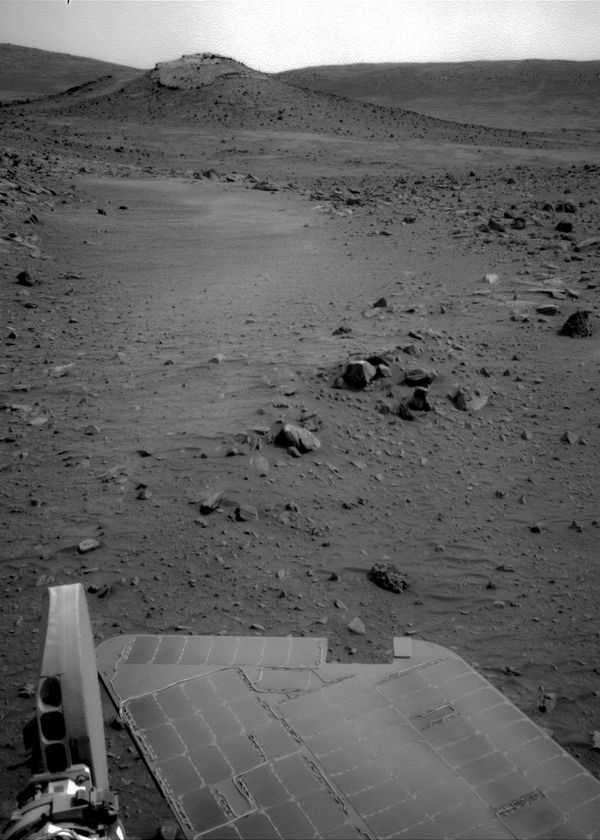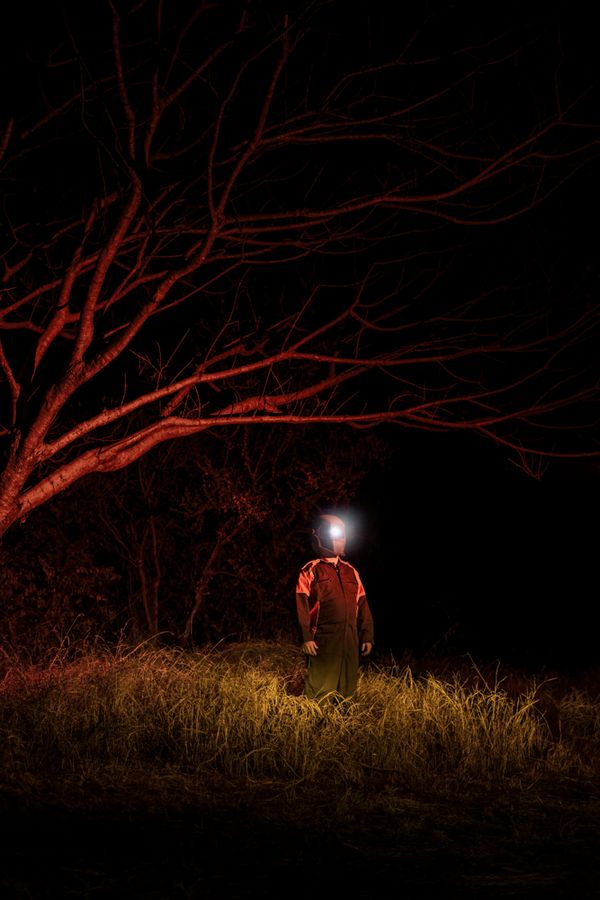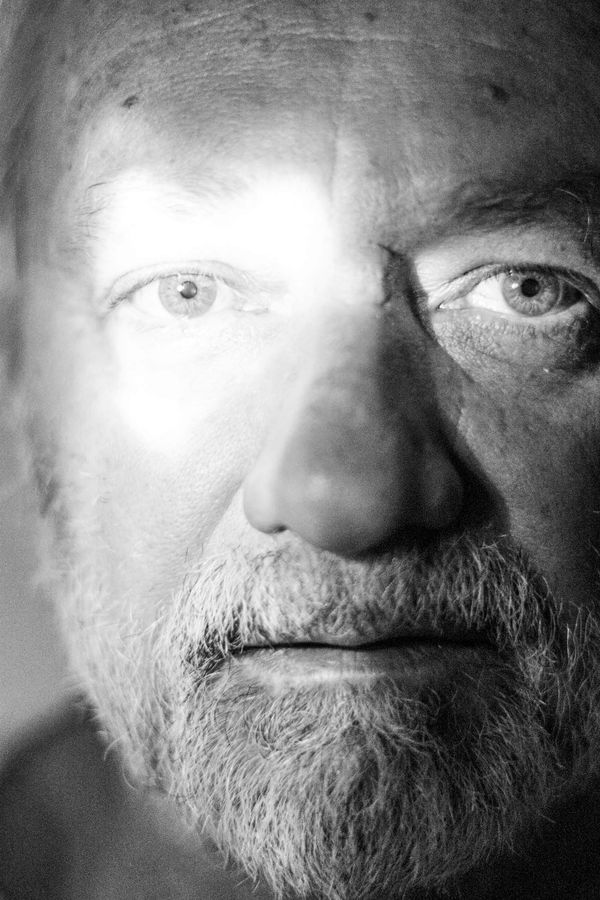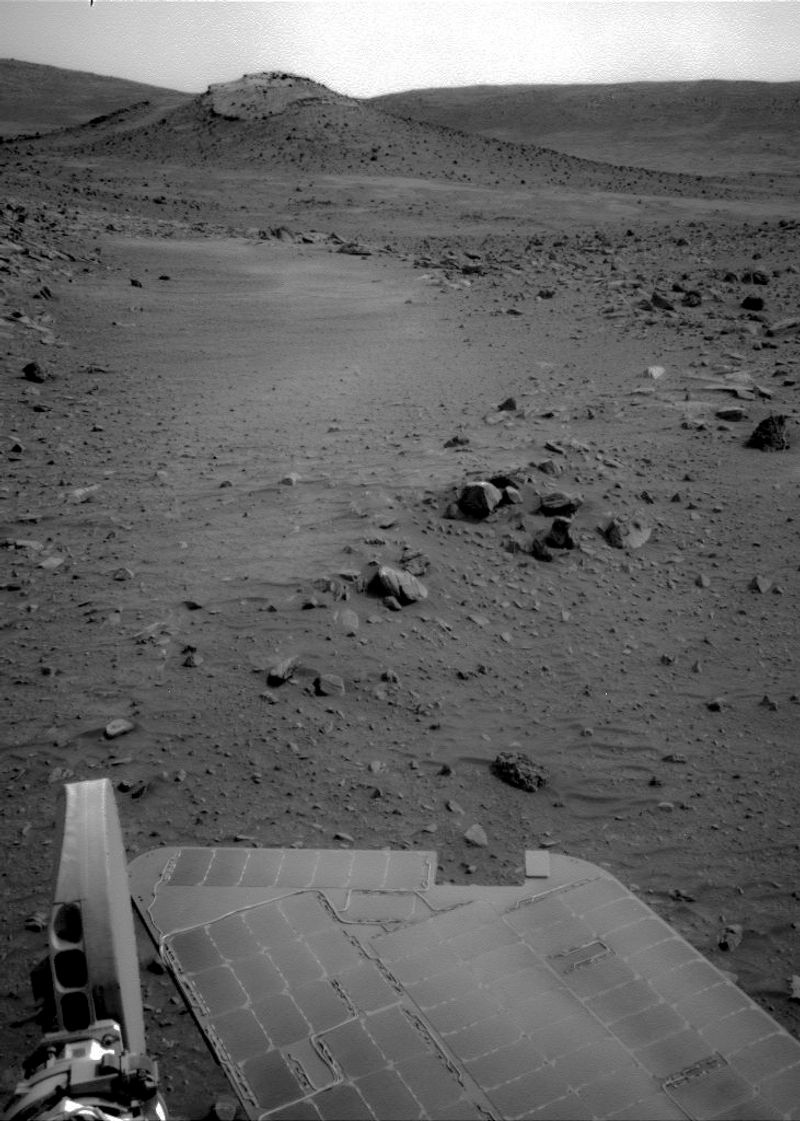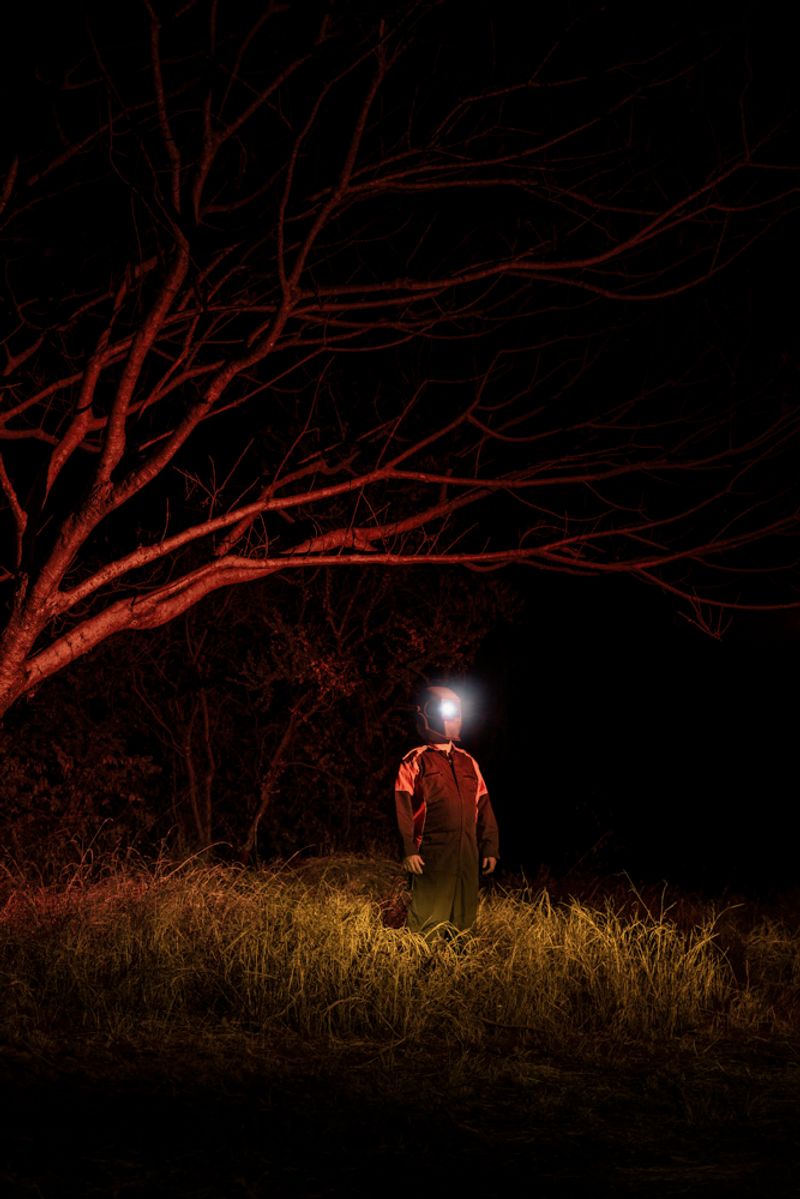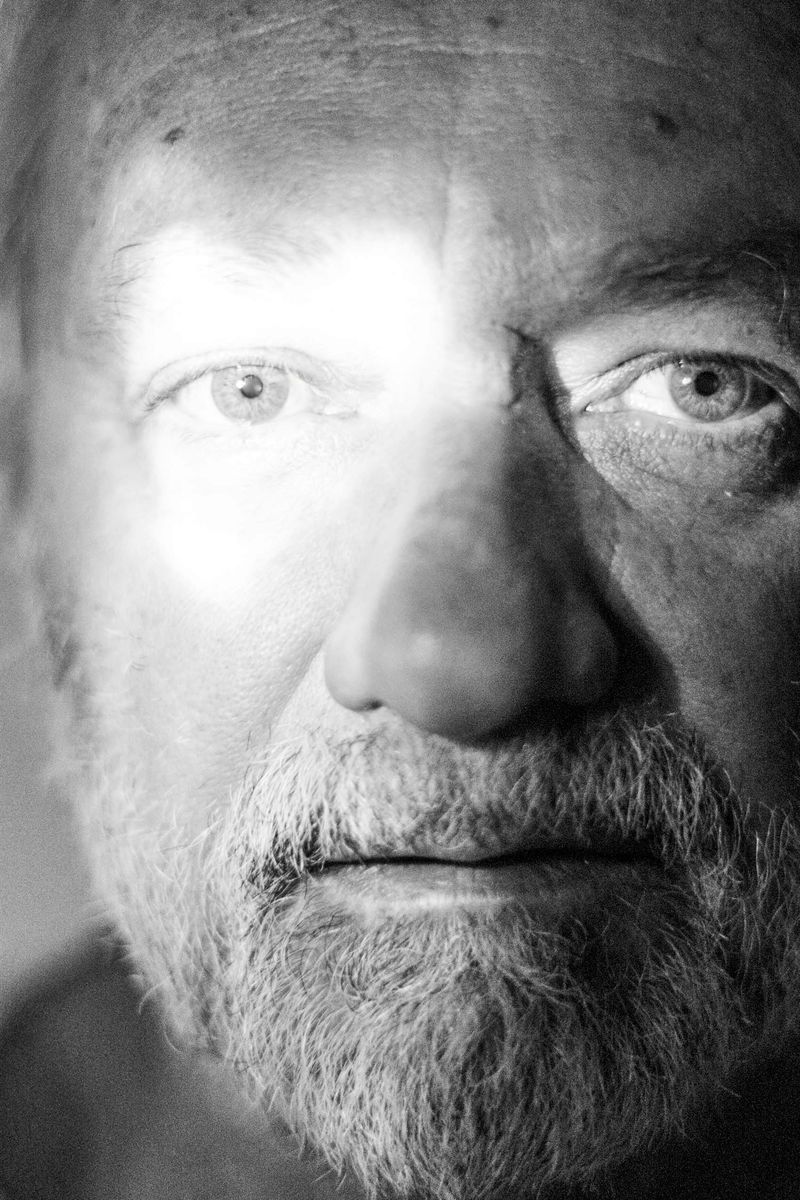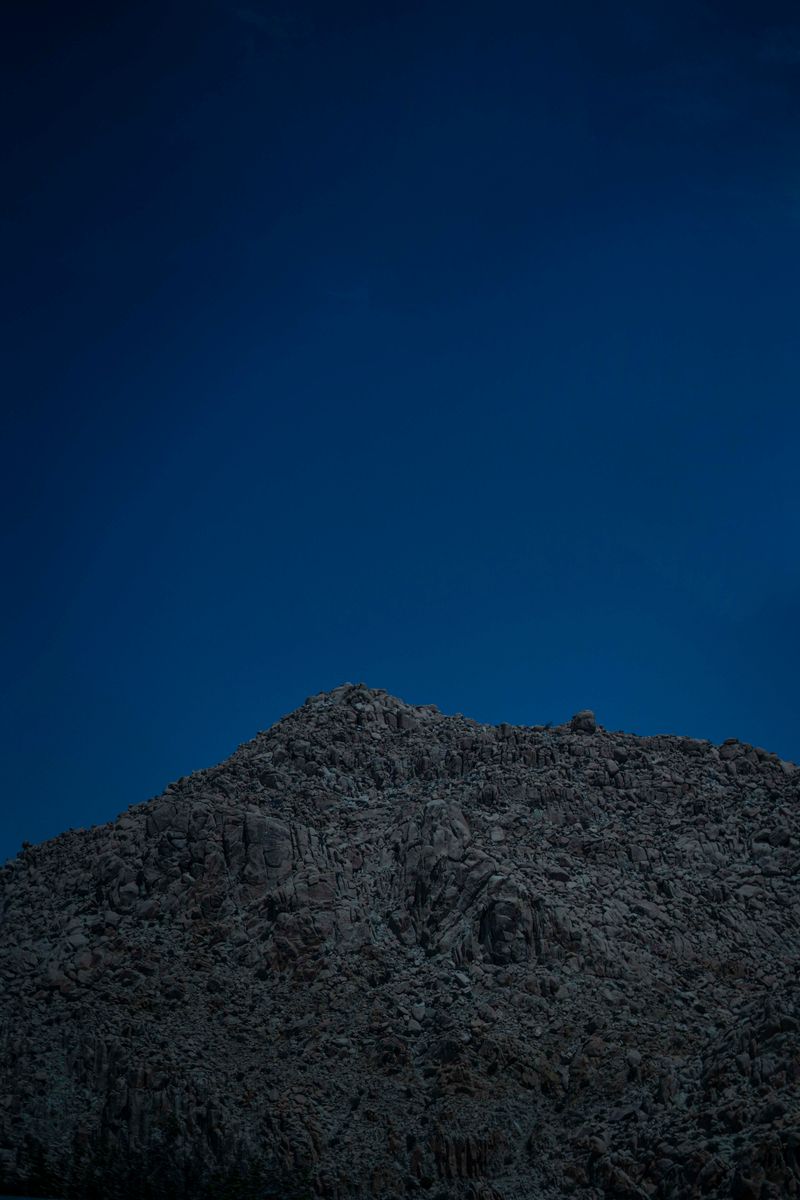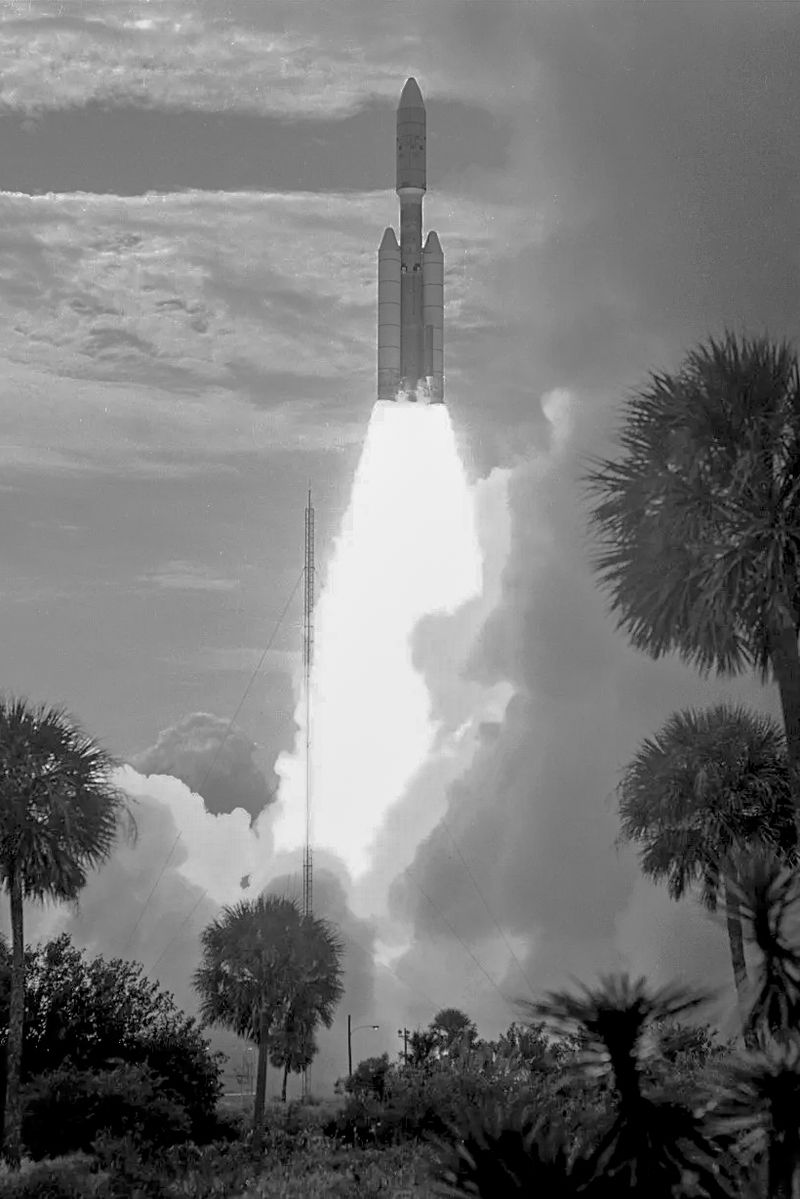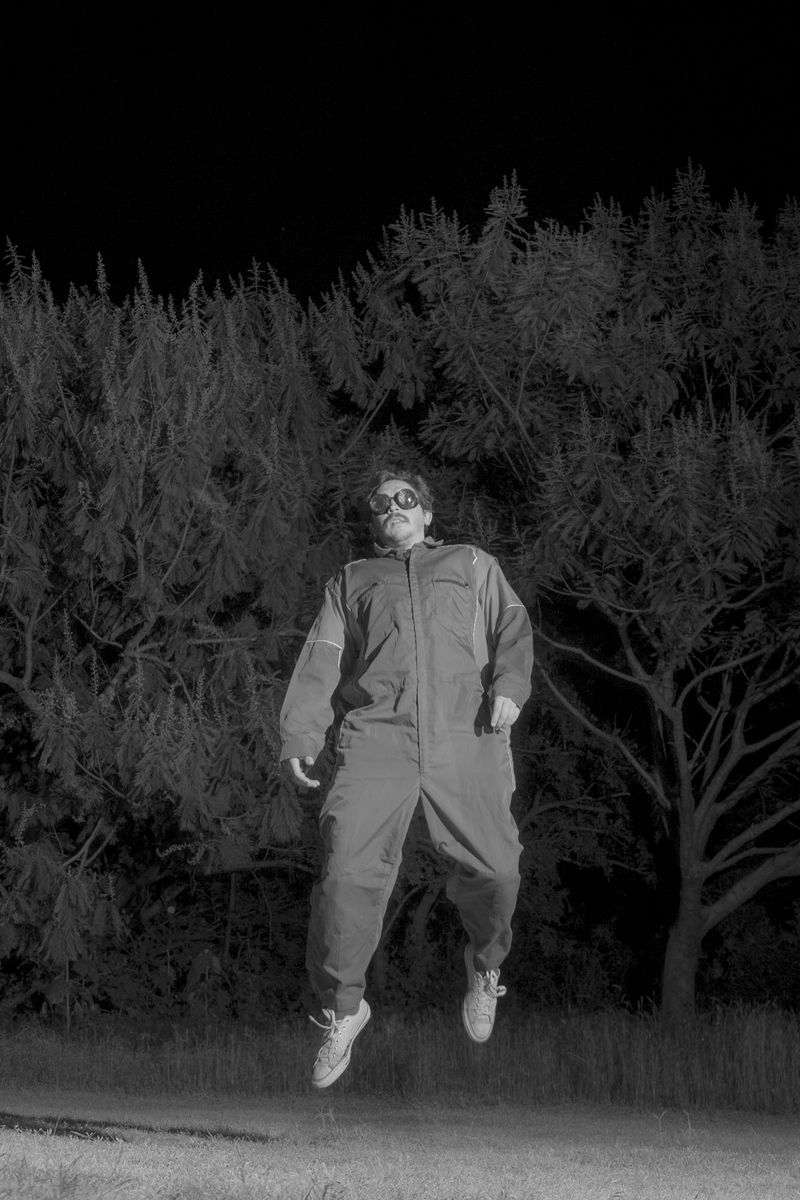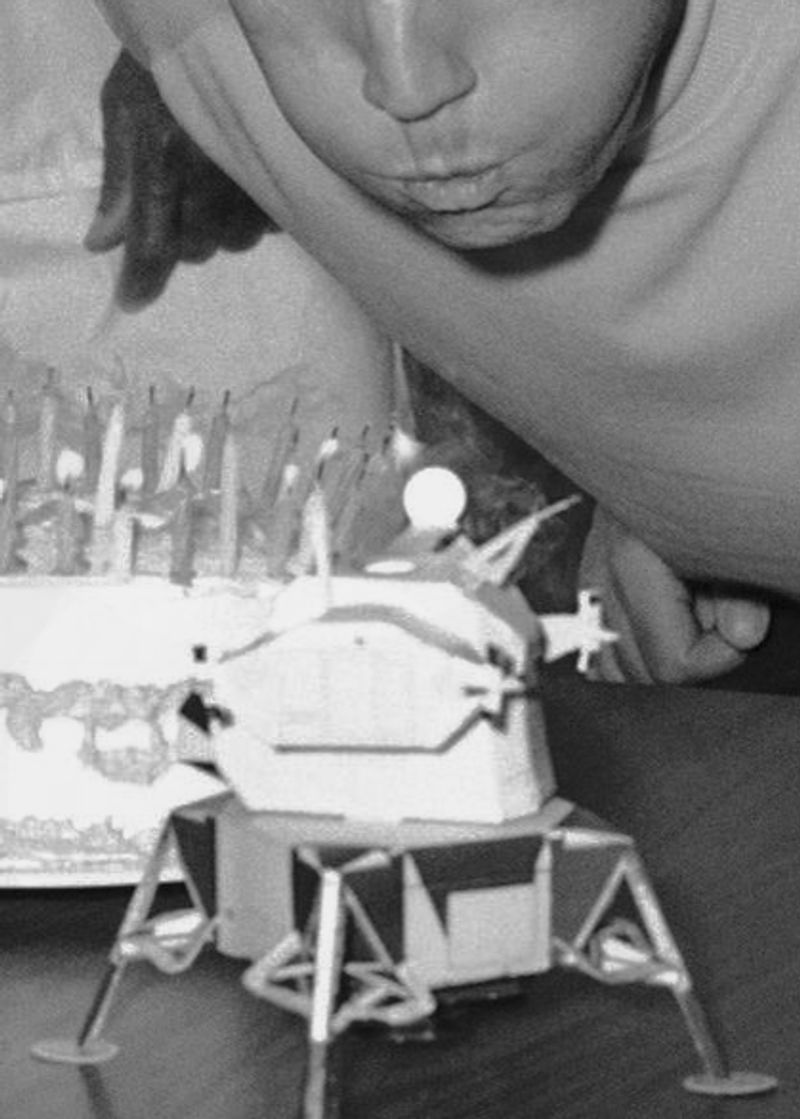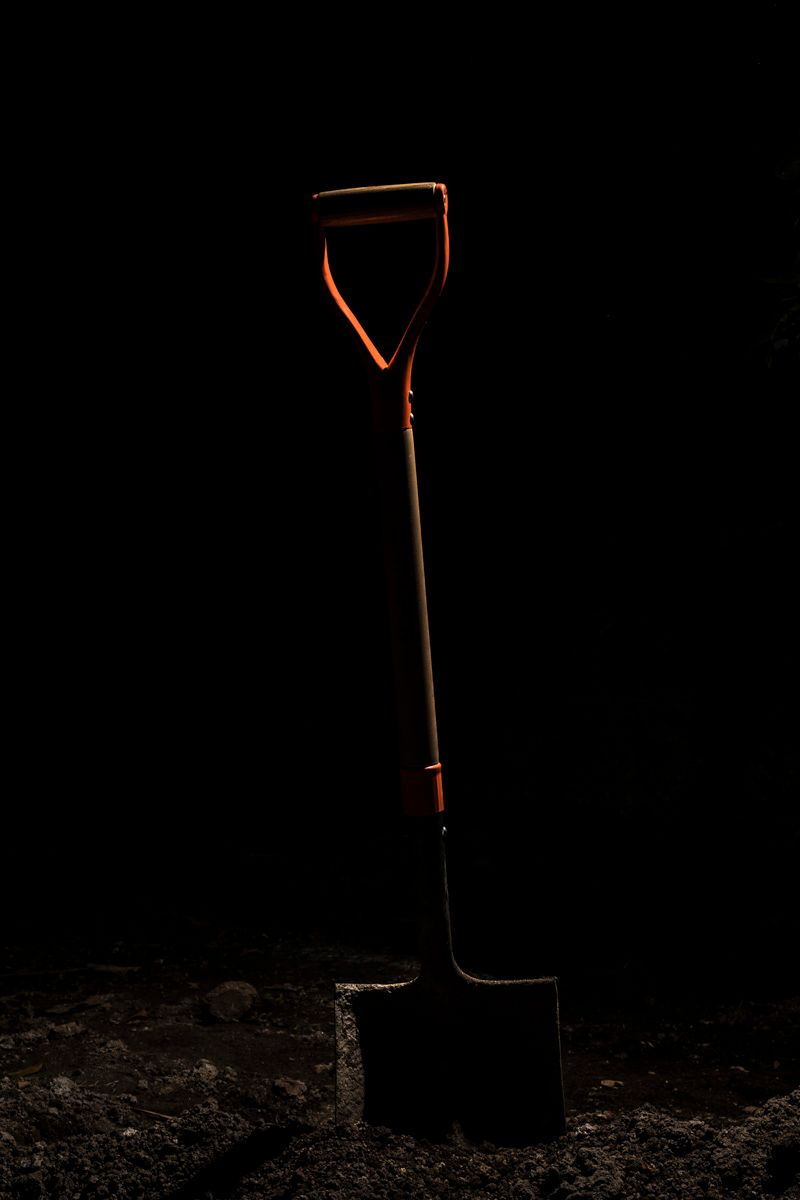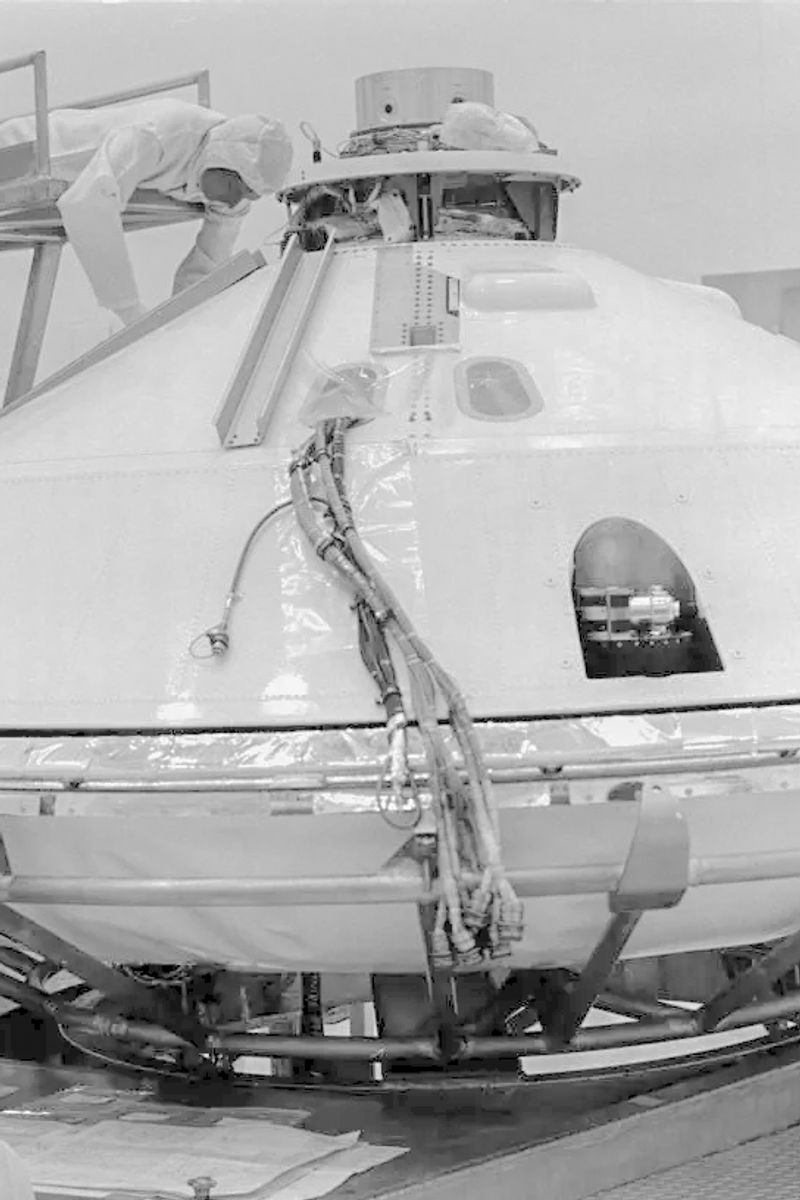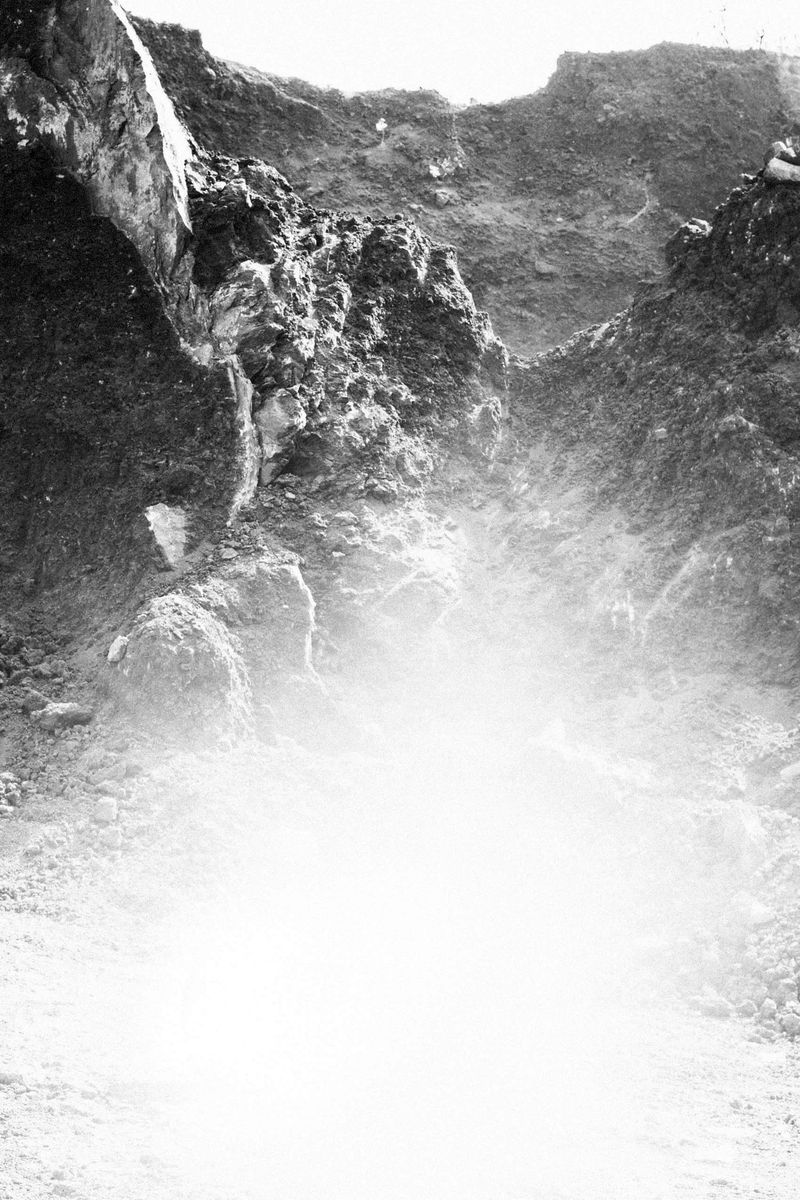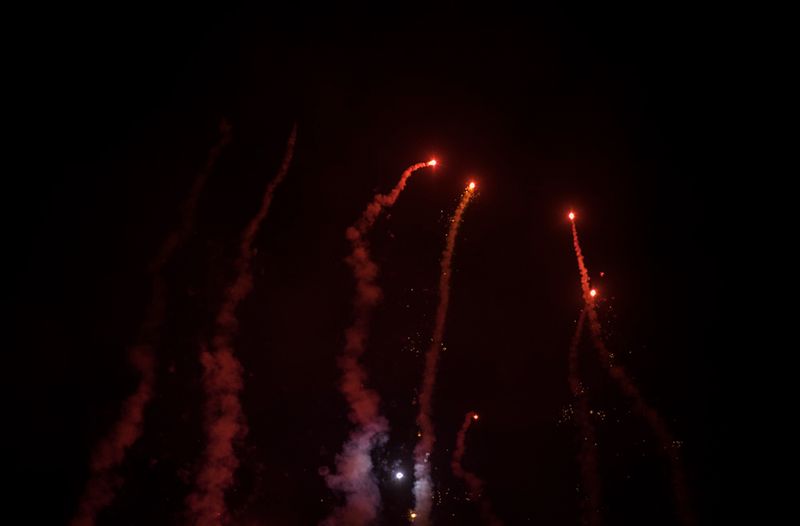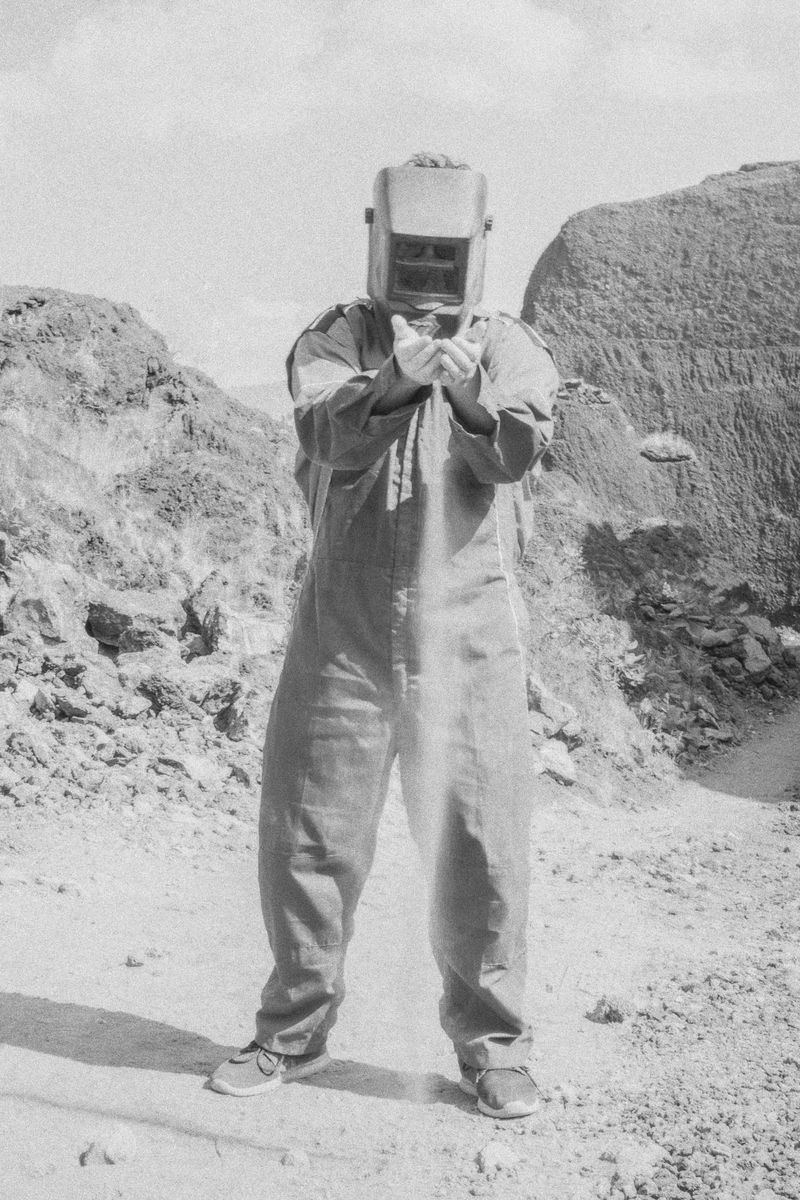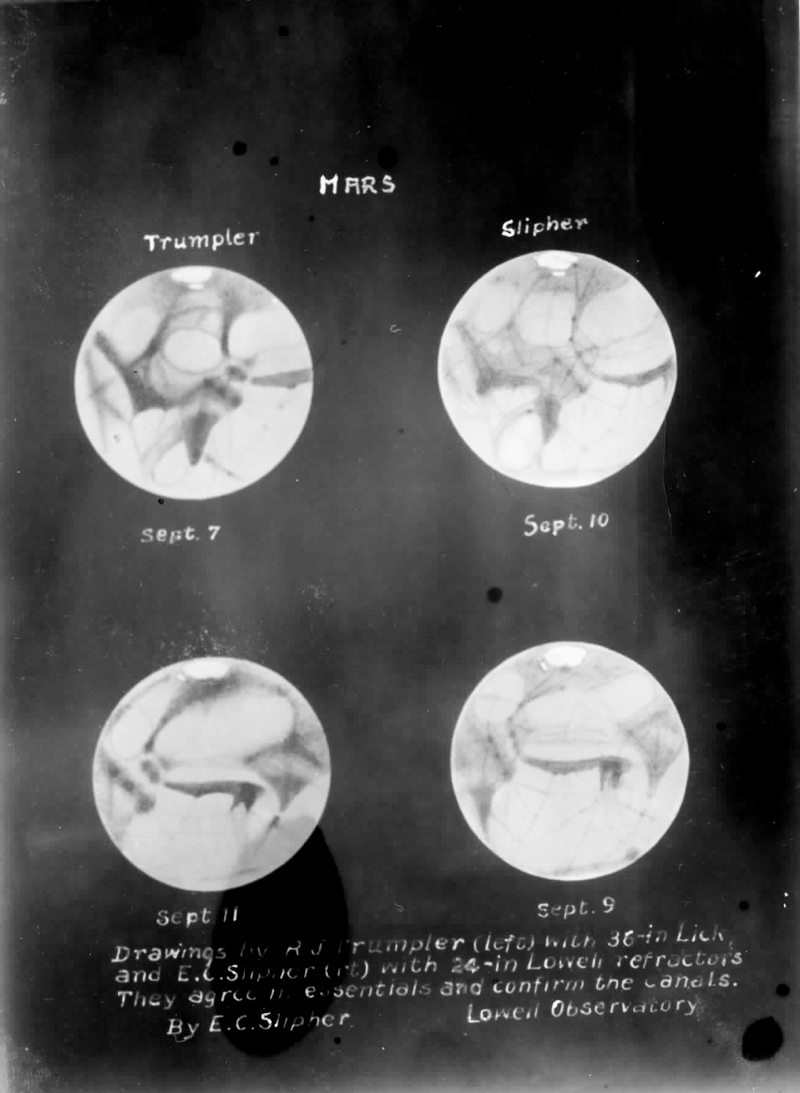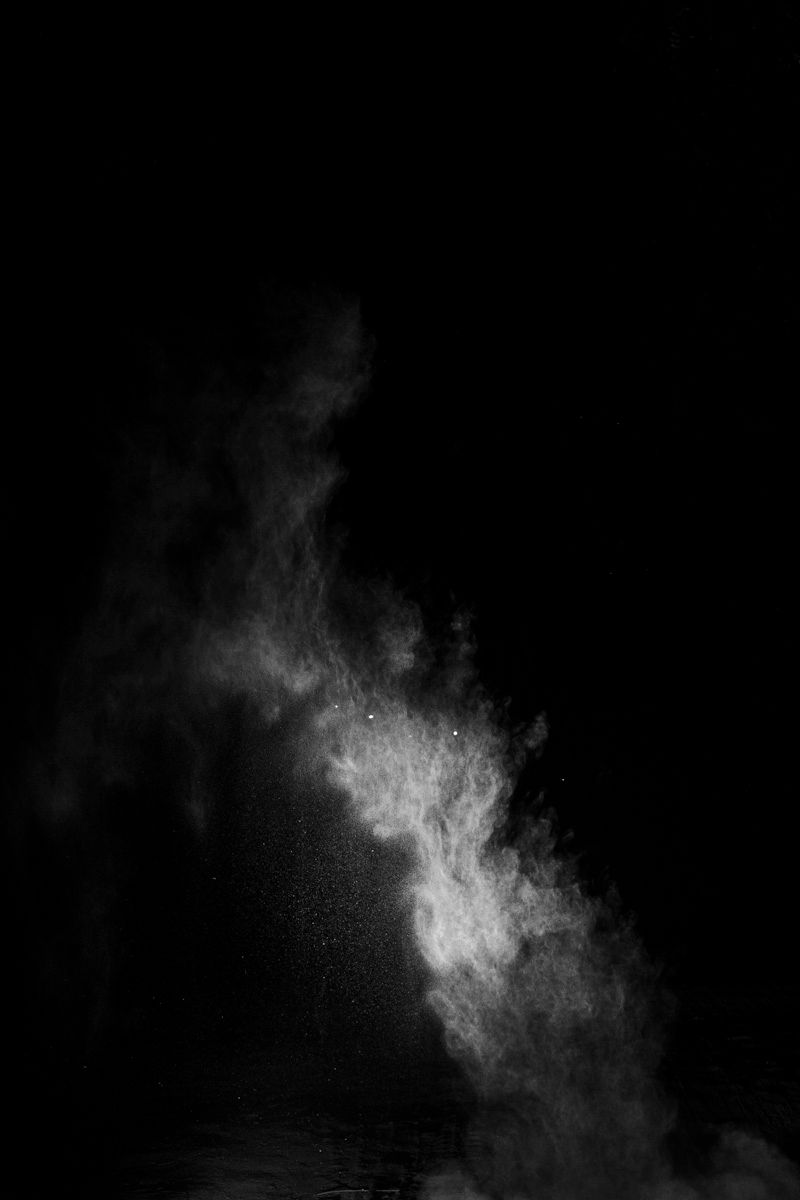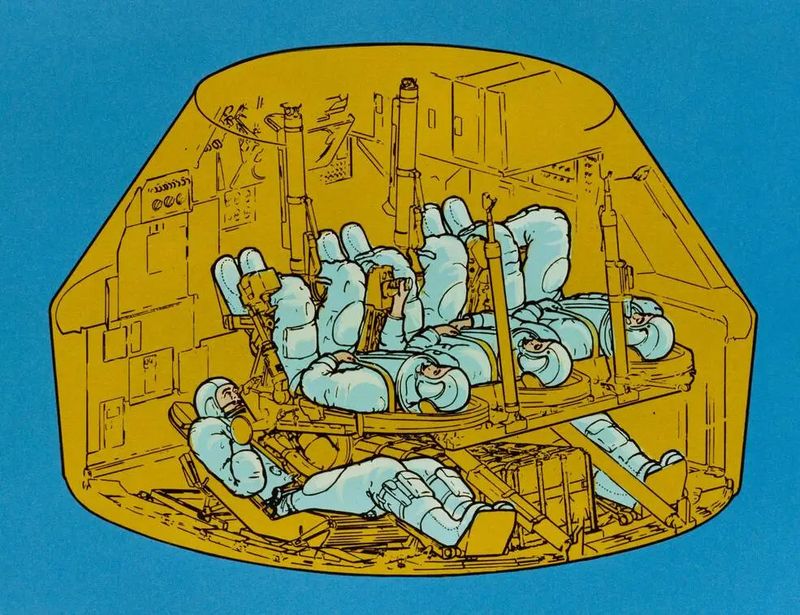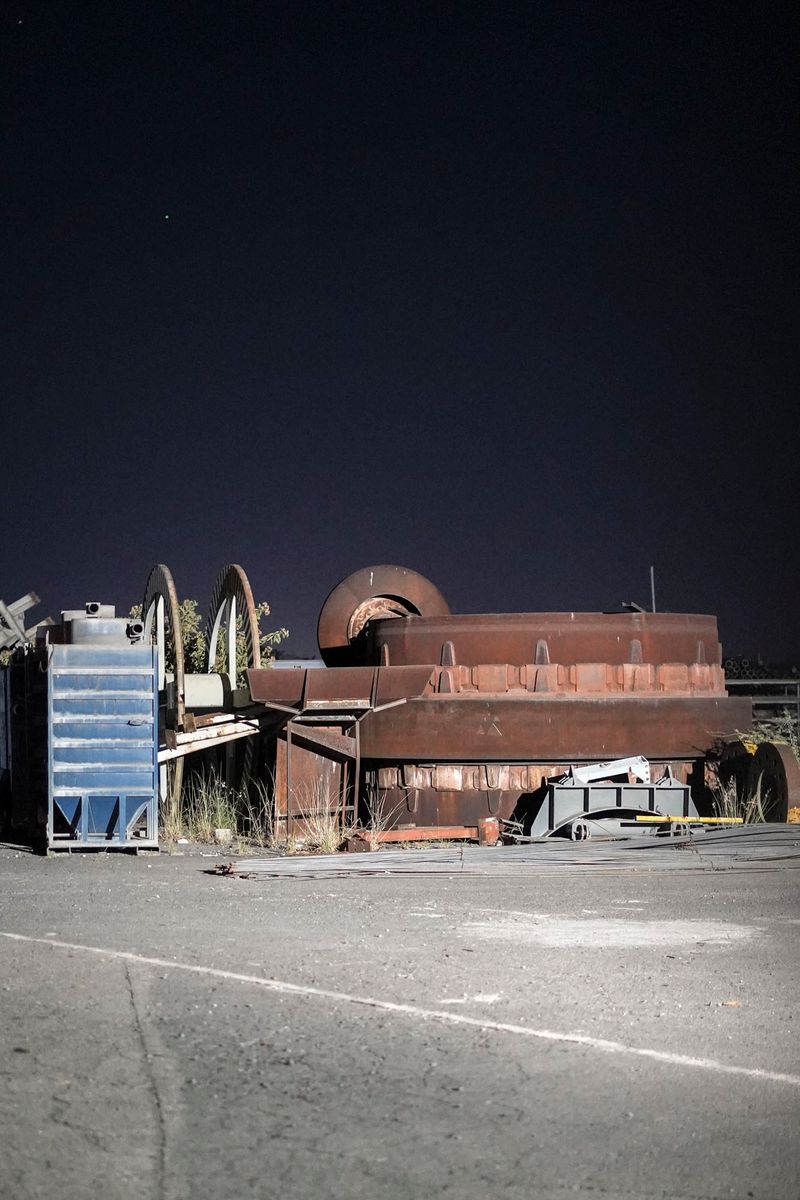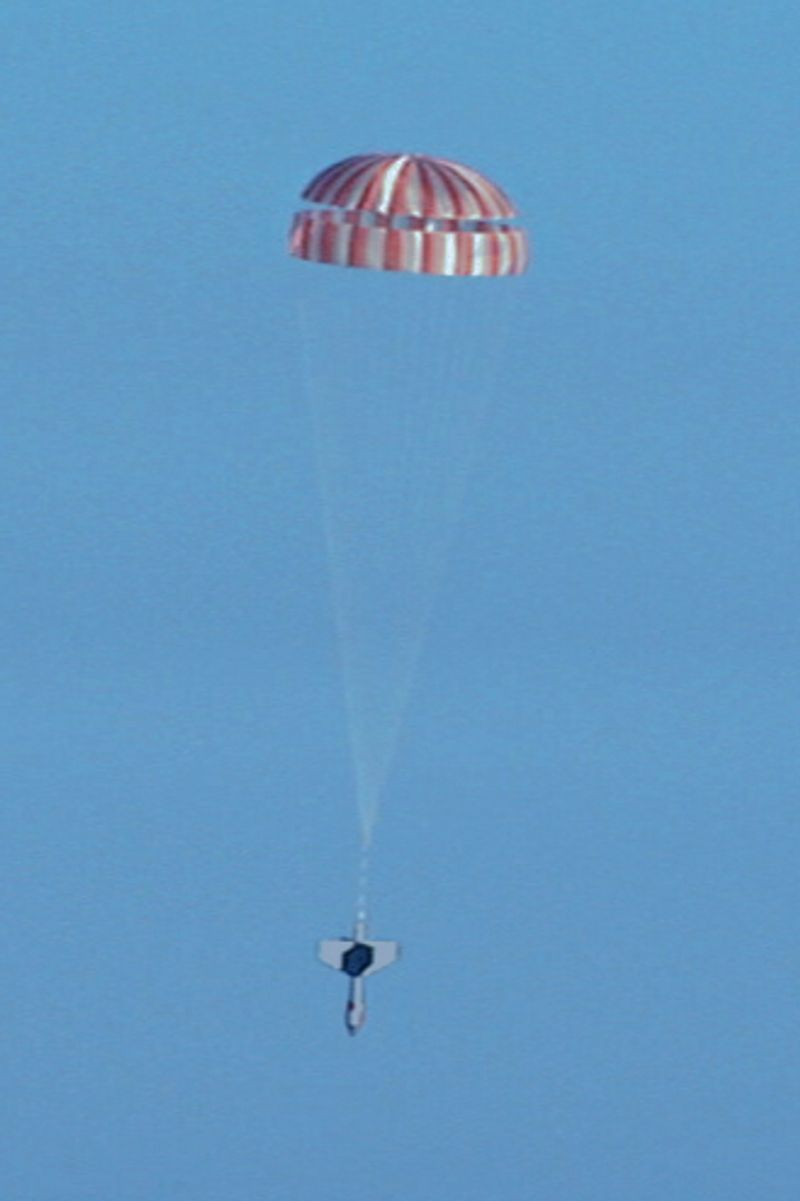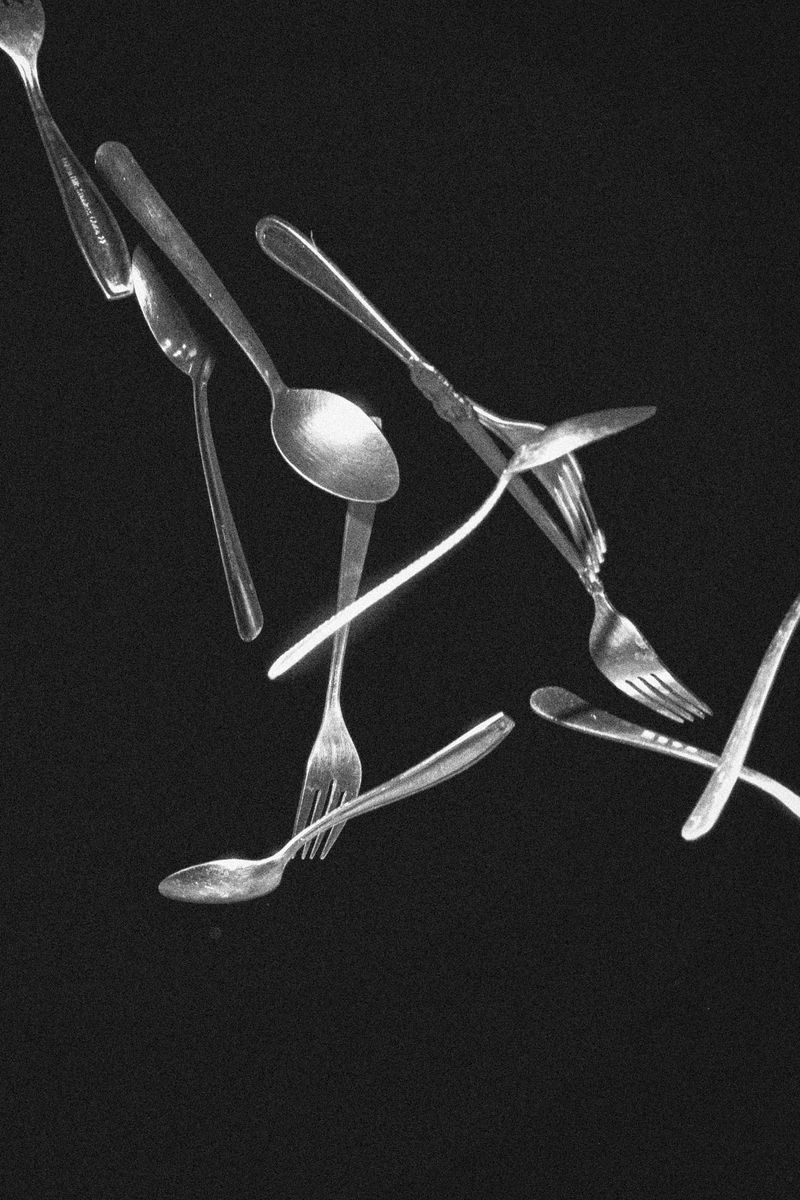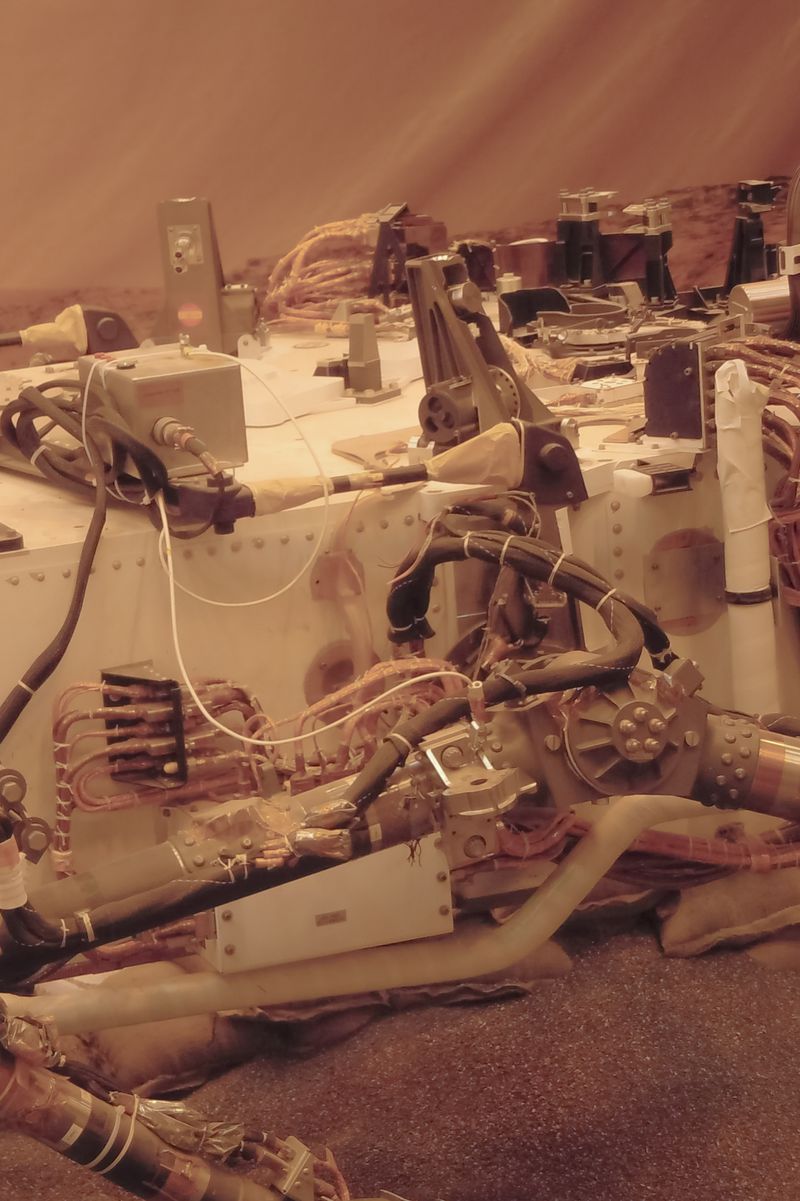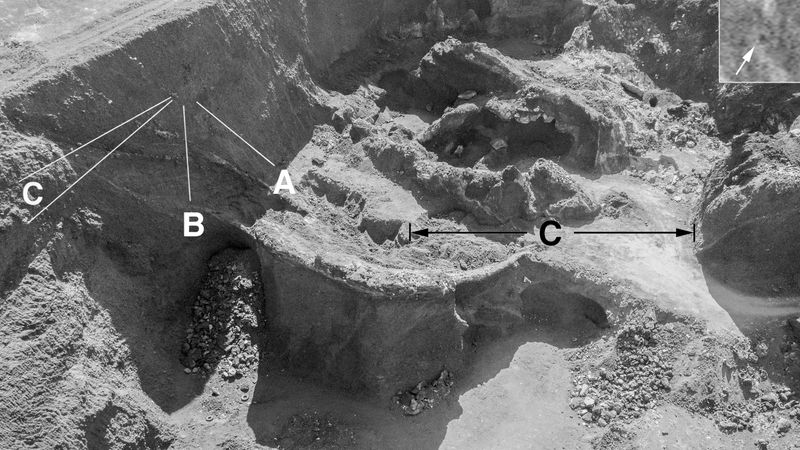Another Earth, the same
-
Dates2022 - Ongoing
-
Author
- Topics Archive, Contemporary Issues, Documentary, Fine Art, Social Issues
- Location Morelos, Mexico
A project that imagines the migration of defeated guerrillas from one planet to another, exploring how fiction and image open other possibilities beyond historical truth.
In July 2025, fifty years had passed since the landing of the first spacecraft on Mars. Since 2022, I’ve been working on a series about the passage from one planet to another of defeated guerrillas. It allowed me to think not of astronauts, but of ordinary people: workers in Martian mines, hungry and, above all, thirsty.
The official story —and this is true— says that the mission spent almost a year traveling to Mars, placed an orbiter in operation around the planet, and landed in the mid-1970s. It represented the culmination of a series of exploratory missions that had begun in 1964.
I mention all this because the power of the image does not lie in representing an external “reality” with precision. I’m not seeking an image that moves because that’s how it was, but one that insists that it might not have been so, and still opens another possibility.
The Greek poet Yorgos Seferis once wrote: “Wherever I go, Greece goes with me.” This can be read as a blessing or a curse, depending on the case. But perhaps that’s also how we are moved by the images that insist.
